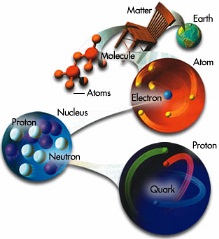Inorganic Chemistry:
In the year 1869, Russian Chemist Dmitry Mendeleyev forms the periodic table of the element. Since Newlands did before him in the year 1863, Mendeleyev categorizes the elements, according to their atomic weights and observes that they show recurring patterns or periods of properties.
Inorganic chemistry is the study of the behavior and synthesis of inorganic and organometallic compounds. Such field covers all chemical compounds apart from the myriad organic compounds (i.e., carbon based compounds, generally having C-H bonds), that are the subjects of organic chemistry. The distinction among the two disciplines is far from absolute, and there is too overlap, most significantly in the sub-discipline of organometallic chemistry. It has applications in all aspect of the chemical industry–comprising catalysis, materials science, fuel, surfactants, pigments, coatings, medicine, and agriculture.
Inorganic chemistry is concerned with the reactivity and properties of all chemical elements. Advanced interests concentrate on understanding the role of metals in biology and the atmosphere, the design and properties of materials for energy and information technology, primary studies on the reactivity of major group and transition elements, and nanotechnology. The synthetic efforts are aimed at hydrogen storage materials and thermo-electrics, catalysts for the solar hydrogen generation, metal clusters and compounds with element-element bonds, and also nano-wires and nano-particles.
